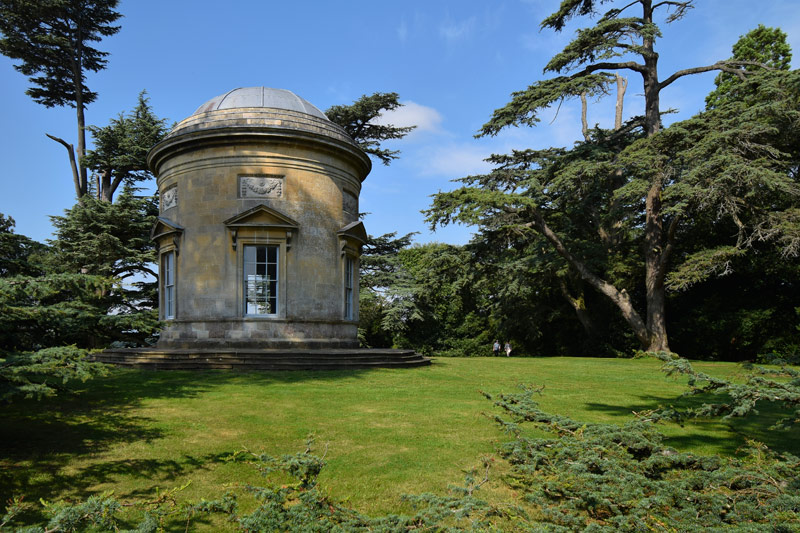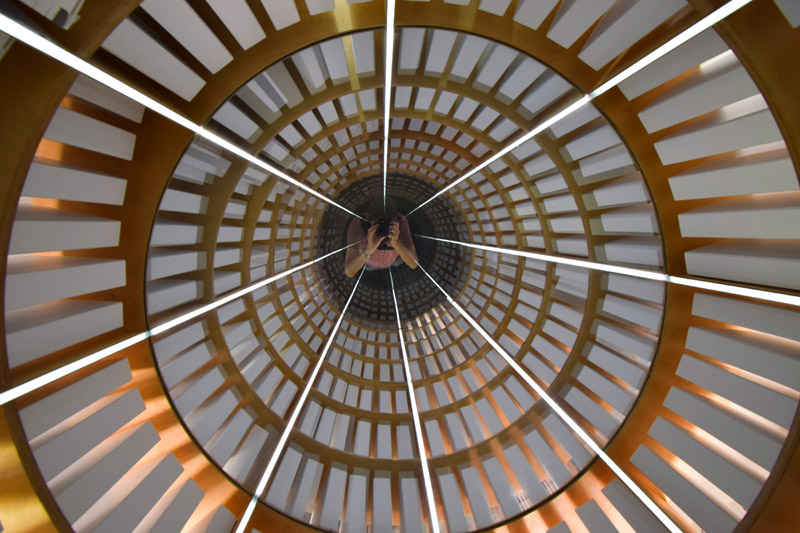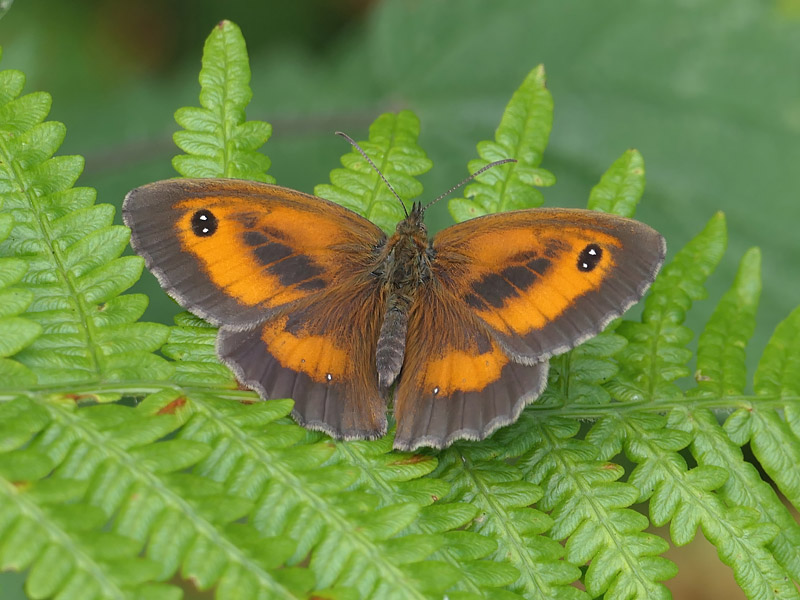We've grown and eaten runner beans (Phaseolus coccineus) for over forty years and you'd think we knew them well. However, this year, for the first time, we discovered that in many countries they are eaten differently. By that I mean in some countries only the beans themselves are eaten whereas in Britain we eat the pods with the beans inside them. Our way of eating them means we pick them when they are relatively short, young and tender: elsewhere they pick bigger, tougher pods that are discarded after removing the bigger beans. In the past we deliberately let some pods grow big to supply enough beans for planting in the following year. This year, with our new-found knowledge we are eating short, succulent beans in pods and bigger beans taken from larger pods - as seen above.
photo © T. Boughen Camera: Lumix FZ1000 2


















